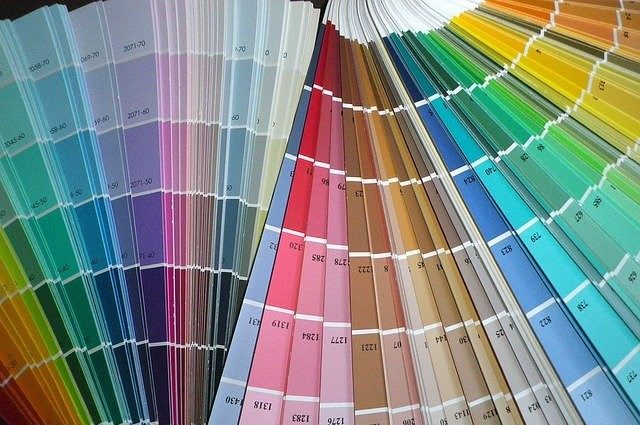
The color of your office could affect your productivity and even your mood, a growing body of color psychology research says.
Workplaces are becoming more mindful of the influence the wall colors on their employees, Lasse Karvinen, head of product at Framery, a Finnish company that designs silent work “pods” for offices, told Forbes.com.
Beige and light grays continue to be popular colors in designing modern workplaces, but more offices are also incorporating blues and greens—and for a strategic reason too.
Greens, in particular, have become a popular color in workplaces, Karvinen says. “Green is said to create a level of alertness and is often incorporated into health care spaces for this reason,” he notes. “So it’s interesting to see that being tied into today’s workplace. I also feel many are turning to green as it continues to gain strength from its association with a shift toward eco-consciousness.”
Also, more workplaces are adding in blues. Blue is usually associated as a more relaxing hue, but researchers say it won’t make your employees sleepy.
“While blue might be perceived as a more relaxing color, blue light—specifically around the 17,000k color temperature—is actually better at making people feel more energized, or at least less sleepy,” Ben Hamley, future of work lead at JLL Asia Pacific, told Forbes.com. “This is because it suppresses the body’s natural production of melatonin, a hormone that helps to regulate our circadian rhythm, the pattern that determines when we naturally sleep and wake. You may have noticed newer phone updates will give you the option to ‘shift’ the color of the LEDs in the screen to be more reddish at night so you won’t be kept awake at night by your TikTok feed.”